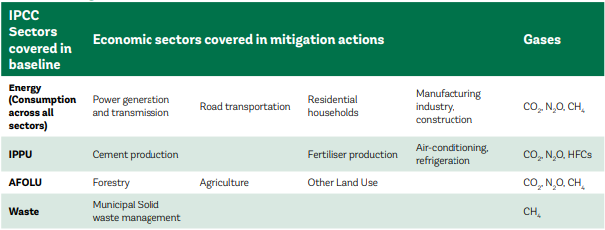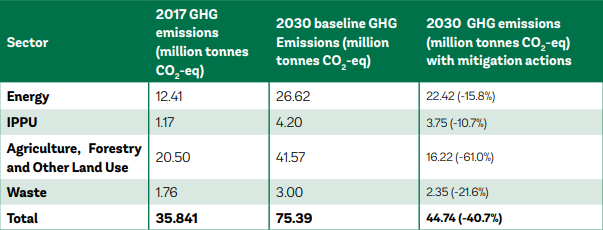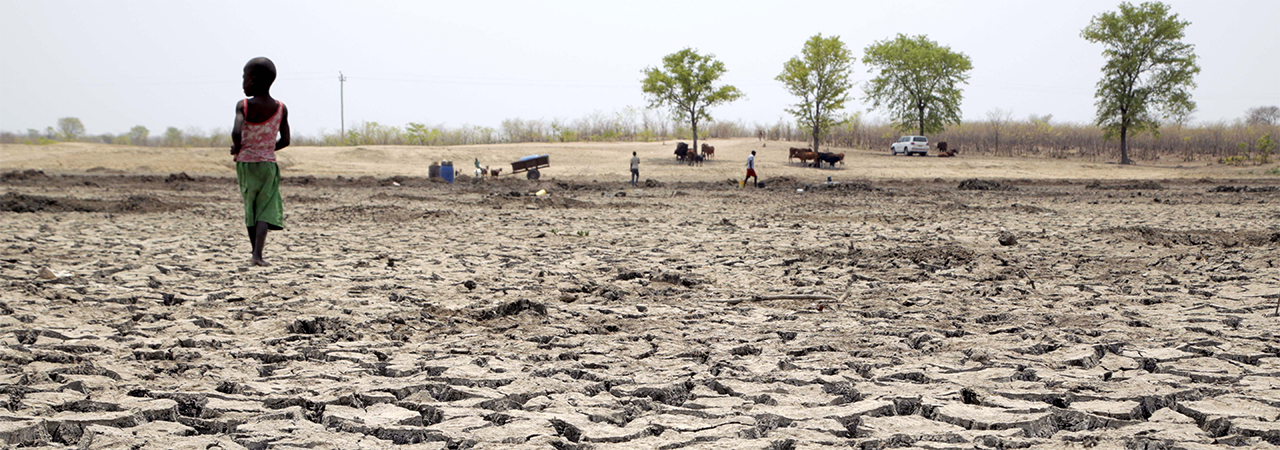Zimbabwe has committed to reduce greenhouse gas emissions by 40% by 2030 as part of a global effort to combat climate change.
The country’s targets are detailed in its latest Nationally Determined Contributions (NDC) report, a requirement under the Paris Agreement.
NDCs are commitments by individual states towards meeting the goals of the Paris Agreement, an international treaty on climate change adopted by 196 Parties at the COP 21 climate summit held in Paris, on 12 December 2015.
The agreement’s main goal is to contain global warming below 2°C, preferably to 1.5 °C, compared to pre-industrial levels.
To achieve this long-term temperature goal, countries aim to reach global peaking of greenhouse gas emissions as soon as possible to achieve a climate neutral world by mid-century.
Zimbabwe ratified the Paris Agreement in 2017.
LOW EMISSIONS, HIGH VULNERABILITY
Zimbabwe is among the lowest emitters in the world, but is ranked the 12th most vulnerable to the effects of climate change out of 182 countries assessed by the Notre Dame Global Adaptation Initiative.
The government’s climate change models show that Zimbabwe will experience “a progressive reduction in precipitation, increase in temperatures, increasingly volatile weather events, and less dependable seasons.”
Zimbabwe could experience an average annual temperature increase in excess of 3 degrees celsius by 2050 and a 10% decrease in average rainfall, according to government projections.

WHAT DOES ZIMBABWE PLAN TO DO?
Zimbabwe’s climate change mitigation efforts focus on four broad areas – Agriculture (including forestry and other land use), which is the biggest emitter followed by Energy, Industrial Processes and Product Use (IPPU) and Waste.
Agriculture, Forestry and Other Land Use (AFOLU)
The sector accounted for 54% of Zimbabwe’s total emissions in 2017, according to the government’s latest NDC report.
The major drivers of emissions and removals in this sector include deforestation due to agricultural expansion, fuelwood gathering, increased livestock, commercial logging, veld fires, harvesting construction timber, illegal settlements and mining, tobacco curing and charcoal making.
Planned mitigation measures are:
- Increase area of forest land from 9.9 million hectares to 10.4 million hectares by 2025: Add 100,000 hectares of natural forest land per year between 2021 and 2025.
- Increase area of forest plantation from 68848 hectares to 118848 hectares by 2025: Add 10,000 hectares of plantation forest land per year between 2021 and 2025.
- Reduce area burned by 500,000 hectares between 2021 and 2025 inclusive of agricultural production landscapes.
Energy:
The government says the energy sector accounted for 33% of Zimbabwe’s emissions in 2017. Thermal power generation is the single biggest emitter under this segment.
Mitigation measures include:
- Reducing transmission and distribution losses from 18% in 2020 to 11% in 2025.
- Increasing solar power generation to 300 MW by 2025.
- Expansion of microgrids to add 2.1 MW generated by microgrids by 2028.
- 4.1 MW biogas capacity added in 2024
- Energy Efficiency Improvements: Agriculture: 12% savings (2030 compared to baseline scenario); Commercial: 16% savings; Domestic: 22.08% savings; Manufacturing: 18.63% savings; Mining: 8% savings.
- Biodiesel to make up 2% of fuel use by 2030.
- Transport fuel economy policy / Fuel efficiency improvement 2025-2030: Motorcycles: 2.2%/year; Light Duty Vehicles: 2.9%/year; Buses: 2.6%/year; Heavy Duty Vehicles: 2.5%/year.
- A 5% shift from private cars to public transport in 2030.

Industrial Processes and Product Use (IPPU)
Industrial processes accounted for 3.3% of emissions in Zimbabwe in 2017, according to government data.
Ferrochrome smelters were the main emitters, accounting for 37% of all industrial emissions, followed by followed by cement production (32%), the use of hydrofluorocarbons (HFCs, 25%) mainly in refrigeration and air conditioning and chemical production (6%).
Mitigation measures include:
- Increased clinker substitution with fly ash (up to 16% by 2030, 20% by 2050).
- Increased clinker substitution with blast furnace slag (BFS) (up to 16% by 2030, 20% by 2050).
- Decomposition of Nitrous Oxide (N2 O) emissions through use of a secondary catalyst. Selective De-N2 O catalyst results in abatement of approximately 75% of all N2 O emissions produced during nitric acid production. Implementation by 2023
- Hydrofluorocarbon (HFC) Phasedown in line with the Kigali Amendment (Freeze 2024, 2029, 10% reduction)
Waste
Population growth and increased urbanisation, coupled with municipalities’ inability to efficiently manage waste have resulted in increased emissions from this sector.
Mitigation measures include:
- Conversion of waste to energy. The plan would see methane generated and used for energy production through waste to energy projects in four major cities by 2030.
- 20% of organic matter composted in the long term
HOW MUCH WOULD ZIMBABWE’S CLIMATE PLAN COST?
In its latest NDC report, the government estimates the cost of its mitigation plans at US$4,8 billion. International financial support, which Zimbabwe has not been able to access for over two decades, would be vital if the country is to meet its targets.
The government says not all of this investment would be new, considering that some projects, such as those in the solar energy segment, are already underway.
Do you want to use our content? Click Here












